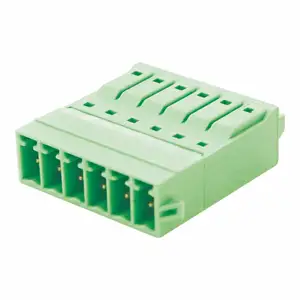Understanding the Role of Headers in Automotive Systems
Headers are a critical component in vehicle exhaust systems, designed to efficiently collect engine exhaust gases and direct them to the exhaust pipe. These components are engineered to minimize pressure drops, allowing for optimal exhaust flow. With a focus on maneuverability, headers boast a compact radius of curvature, ensuring they fit within the confined spaces of an engine bay. Their construction offers robust resistance to the harsh chemical environment typically encountered with diesel and gasoline exhaust gases.
Types and Applications of Headers
The automotive industry utilizes various types of headers, including the standard header, sub headers, and specialized models like the X pipe. Each type serves a distinct purpose, from improving engine performance to ensuring a smooth flow of exhaust gases. While headers do not have a filtration role, they are pivotal in connecting different elements of the exhaust line, ensuring the integrity of the entire system.
Features and Materials of Headers
Headers are fabricated from materials that can withstand high temperatures and corrosive substances. The durability of a header is paramount, as it must endure constant exposure to extreme conditions. Materials commonly used include stainless steel and aluminized steel, both known for their longevity and resistance to rust, cracks, and punctures. The design often incorporates features like header style flanges and gaskets to ensure a secure and leak-free connection.
Advantages of Quality Headers
A well-designed header can lead to a host of benefits for the vehicle. It can enhance engine efficiency, reduce overconsumption of fuel, and diminish unwanted noises. Additionally, it prevents the escape of gases into the passenger compartment, thereby maintaining comfort and safety. Replacing a faulty header with a reliable one from a comprehensive collection can mitigate economic and ecological impacts, making it a prudent decision for vehicle maintenance.
Signs of Header Malfunction and Maintenance Tips
Recognizing the symptoms of a failing header is crucial for timely intervention. Indicators such as increased fuel consumption, metallic noises during acceleration, and the smell of gasoline point to potential header issues. Maintenance schedules suggest replacing straight exhaust pipes every 80,000 km and tailpipes at 100,000 km intervals. However, the presence of rust, cracks, or punctures may necessitate more frequent replacements to maintain vehicle performance and safety.
Integrating Headers with Web Technologies
Beyond their mechanical applications, the term 'header' extends into web development. For instance, header HTML tags define introductory content or navigation links on a webpage. Similarly, header and footer HTML elements are used to outline the main sections of websites, enhancing structure and accessibility. In web programming, headers play a role in security and resource sharing, as seen with Access-Control-Allow-Origin used in CORS (Cross-Origin Resource Sharing) policies.




































 浙公网安备 33010002000092号
浙公网安备 33010002000092号 浙B2-20120091-4
浙B2-20120091-4